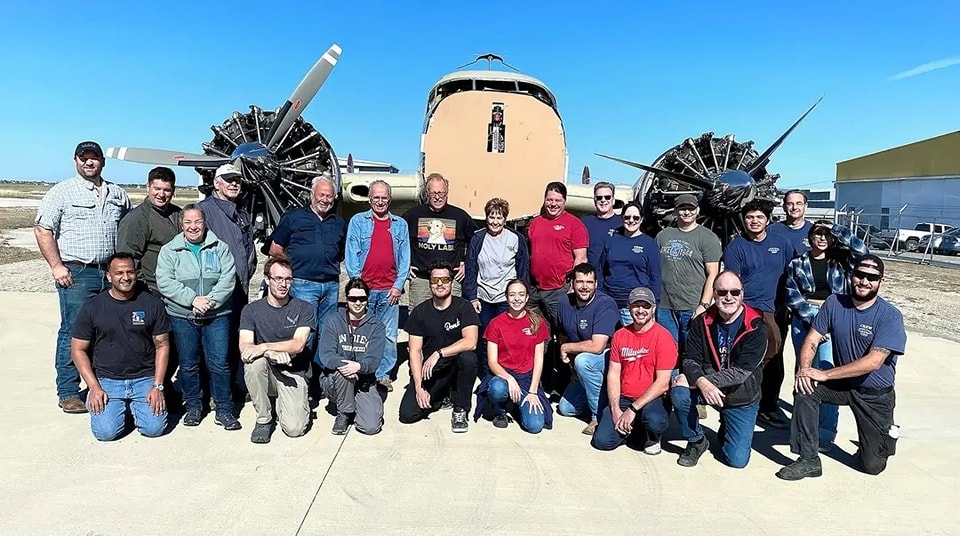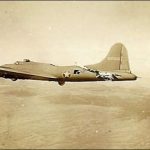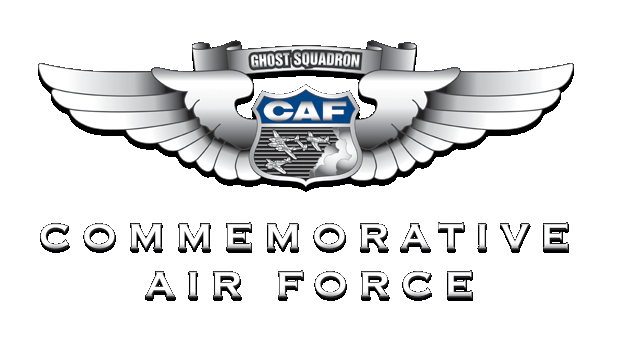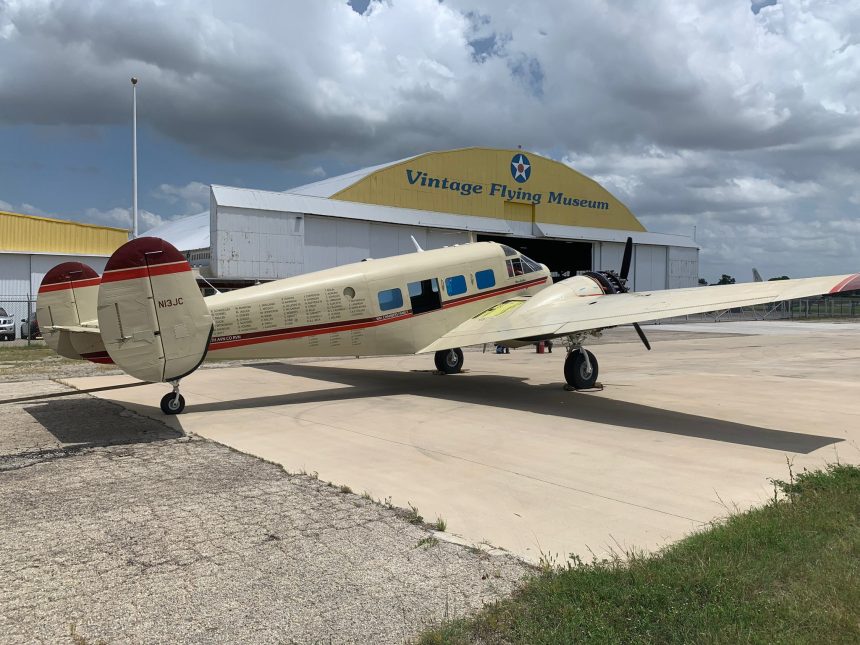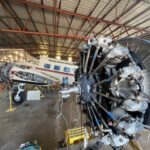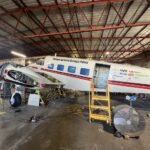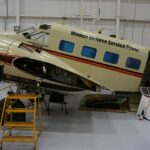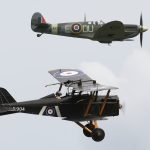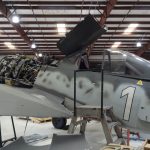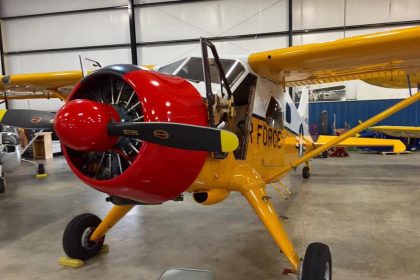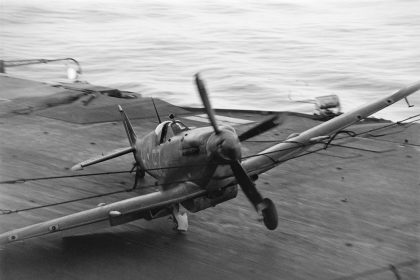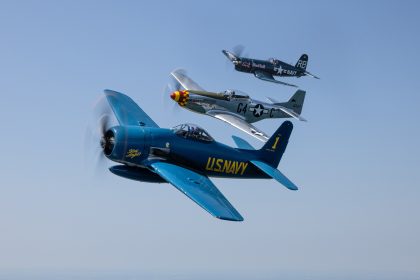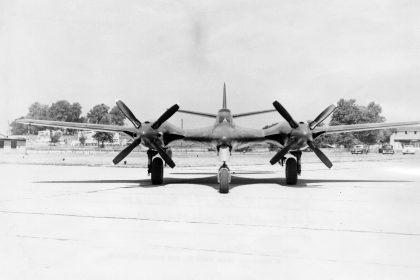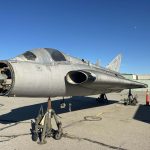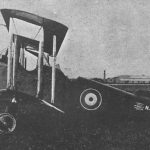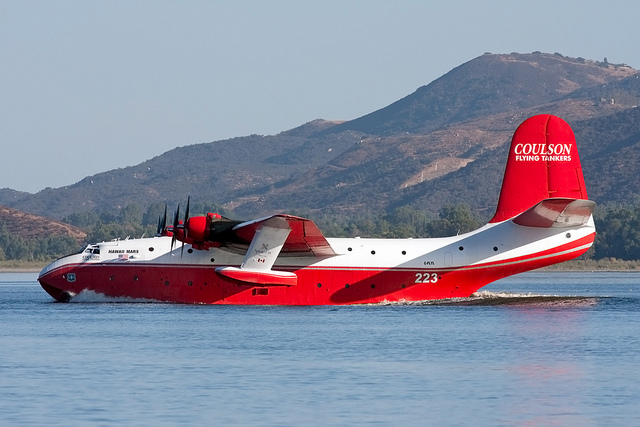On Sunday, the Hollywood Bomber took to the ramp for a round of successful engine test runs—marking a major milestone in its restoration and a decisive step toward its anticipated debut at EAA AirVenture Oshkosh 2025. The sight and sound of the Beechcraft E18S rumbling to life energized the Vintage Flying Museum team and reinforced the tremendous progress made since our last update in February. The restoration of this rare twin-engine transport continues at an impressive pace, with major mechanical systems now operational and numerous airframe, cockpit, and fuel system components approaching final completion.
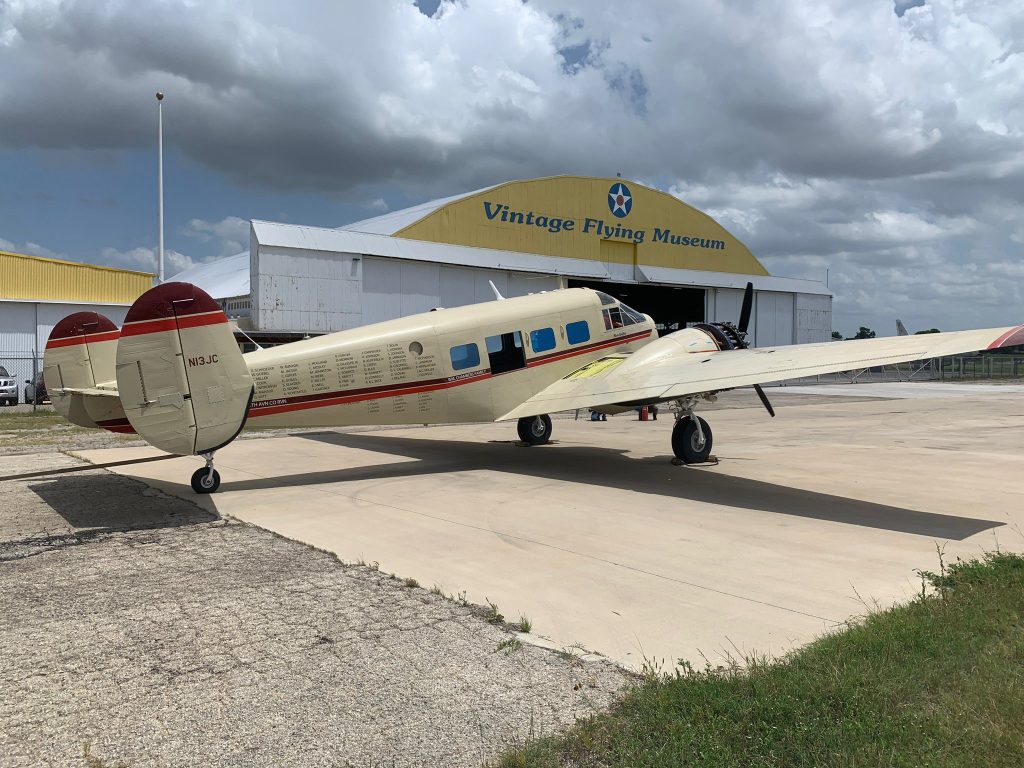
Fuel System: Installation and Leak Checks Complete
One of the most complex and critical aspects of the restoration—the fuel system—has seen major progress. The right forward fuel tank has been completed and installed, while the left fuel bladder is now fully in place, with all 16 securing snaps engaged. Four fuel senders have been successfully hooked up, and both the forward left and rear fuel tank covers have been final installed. Weld repairs to additional fuel tanks have been completed, and the entire system has passed leak checks, confirming the integrity of the installation. Fuel sender adapters were also sent out for rework, with temporary unions in place while final fuel flow hardware undergoes service. Remaining work includes completing the installation of the left fuel bladder, installing the forward right fuel tank cover, and refining the parts shortage list for wing spar strap hardware and metal-tagged spar components.

Flight Controls and Surfaces: Ailerons and Flaps Installed
Significant progress has also been made on the aircraft’s control surfaces. The ailerons have been installed and are currently 60% rigged. During installation, the team reoriented the aileron sector bolts to eliminate interference issues. Flaps are fully installed as well. The rudder trim system, however, remains under inspection due to persistent fouling concerns. Next steps include tensioning the aileron cables and continuing the wing spar strap installation process—an ongoing effort that requires precise hardware and alignment.
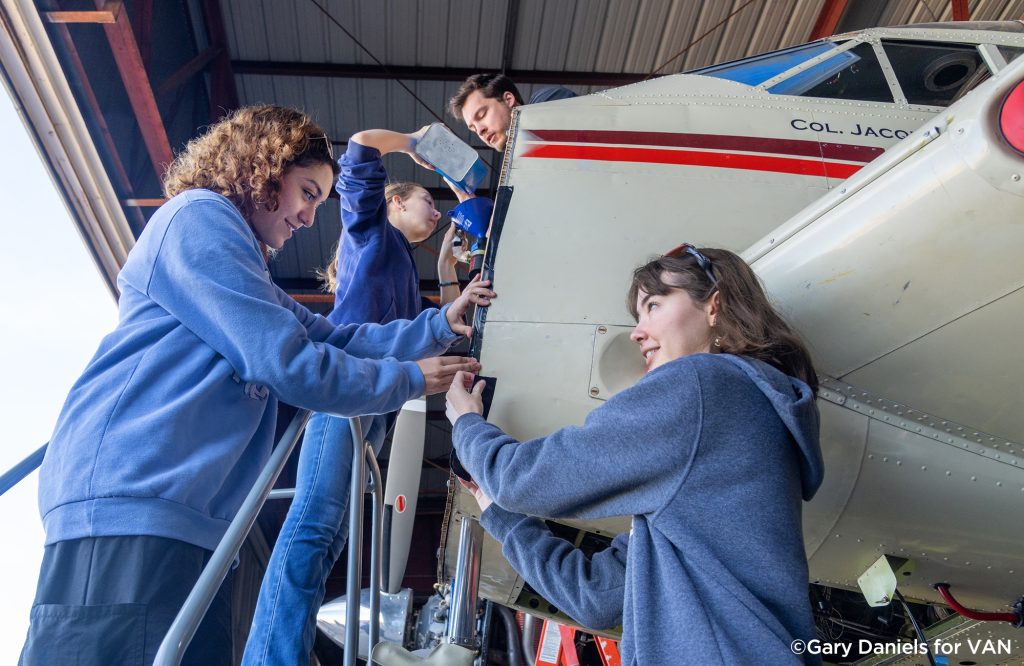
Cockpit and Avionics: Windows, Panels, and Warning Systems
Inside the cockpit, major installation work continues. The forward cockpit windows are approximately 60% installed, with outer window strips still needing to be sealed using Proseal. Side windows have arrived, while others remain on order. The team has also installed a cabin door warning light on the instrument panel and replaced the cockpit start switch. Aspen avionics displays have been connected, and the master caution system is now installed and operational. Looking ahead, the team is preparing to layout and finalize the configuration of replacement cockpit panels. The layout is nearing its final form, with upper cockpit panels and miscellaneous components scheduled to be sent for powder coating once lower sub-panels are finalized.
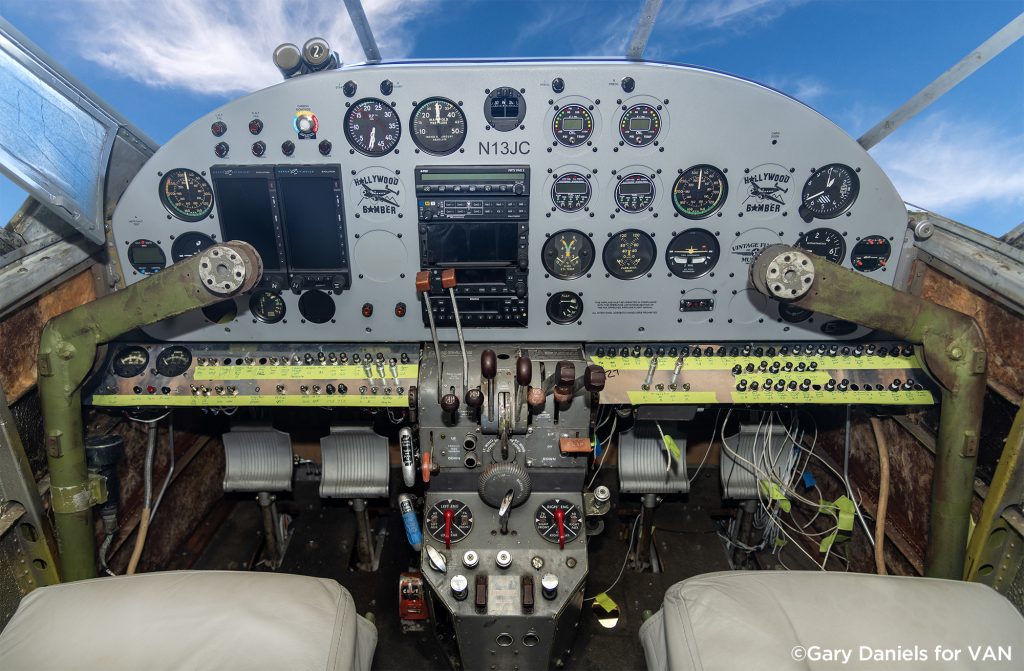
Powerplant and Engine Systems: Ground Runs and Component Servicing
A major milestone came with the successful dual-engine ground run, confirming proper function of both engines after extensive maintenance. The #1 engine starter has been repaired and reinstalled, though it’s still awaiting status updates on its performance. The #1 engine tach generator has been sent out for service, and the #1 magneto P-lead was properly repaired. Both engine start relays have been replaced, and engine clamping has undergone further cleanup. Ongoing work includes continued inspection and cleanup of engine clamping, and verifying that all engine controls are properly lubricated and moving freely. While most controls are functioning as expected, a few still feel slightly stiff and require additional attention.
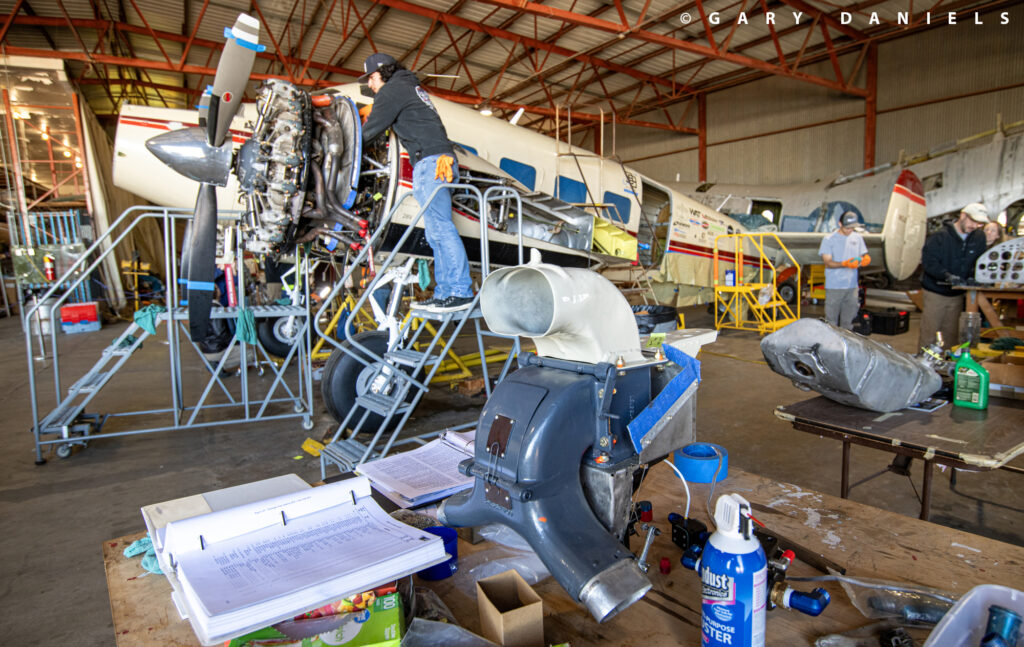
Electrical and Cabin Work: Wiring and Interior Fitting
The aircraft’s electrical system continues to advance with extensive new wiring completed, thanks in part to the dedication of volunteers like “Big Mike.” The wheel well wire at the relay still needs to be terminated, which includes fabricating and installing a junction link. The gear well light bracket wiring also remains to be completed. Meanwhile, the remaining cabin floor hardware is in hand, and floor fitting work continues. Interior work includes passenger seat upholstery, currently in progress, and the ongoing refinement of the cockpit panel layout. Final assembly will include powder coating of upper panels and installation of lower subpanels, floor panels, and related components.
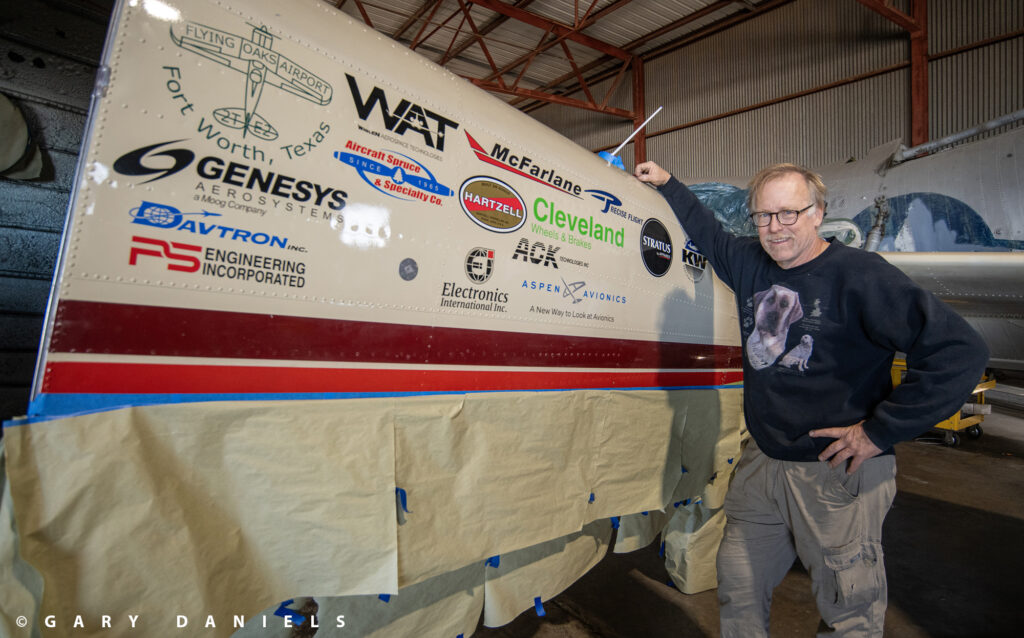
Looking Ahead
With the completion of fuel system leak checks, successful engine runs, and much of the avionics and control systems in place, the Hollywood Bomber is steadily moving toward airworthiness. Still, a number of detailed tasks remain—from sealing window frames and completing wire terminations, to finishing fuel bladder installs and cockpit panel fabrication. The Vintage Flying Museum continues to welcome volunteers and support as this historic Beechcraft E18S restoration nears a major milestone. Enthusiasts can expect more exciting updates in the months to come, as the Hollywood Bomber prepares for a highly anticipated return to the skies—just in time for Oshkosh 2025. The restoration team’s work can be viewed in weekly video updates on the HangaRatz YouTube channel, https://www.youtube.com/c/HangaRatz. If you would like to donate to the project, visit www.vintageflyingmuseum.org/join-and-support/ or visit the GoFundme page, click HERE. You may also contact the team directly at [email protected].
